Non-writers invariably ask novelists, “Is it a true story?” or “Do you see yourself in any of the characters?” or even the baldly forthright “Is it autobiographical?” Sometimes these questions are drama-queen code-speak for, “Are you outing the family skeletons?” or “Am I going to be named and shamed?”
There’s nothing to fear. Reality-shows notwithstanding, and even with what may be a little “help” from a “friend” (I use those terms advisedly, as you’ll soon see), real lives rarely make a successful transition to Storytime, in print or otherwise. For example:
I’ve lived a strange enough life, so that in accordance with the “write what you know” advice, Irish Firebrands contains random fragments that could be considered extremely loosely based on events I’ve witnessed, heard about, or otherwise experienced.
A composite cameo appearance was constructed from the lives of my three cats (two of which had already gone to the Happy Hunting Grounds – this one’s just pretending). But no scene or situation reproduces a particular episode from anyone’s actual life.
A few first names (and one surname) from my family history were used, and they’re all common names*, but my research did turn up some information that made it seem like a good idea to change two characters’ names. It’s a risk that’s run by works set in any time period or genre, and usually results in their bearing a disclaimer like, “This is a work of fiction. Any resemblance to real people or events is coincidental.”
The majority of Irish Firebrands is the product of four years of cultural immersion-based research. Looking back on the experience of writing it, I’m reminded of those food package health hazard warnings: “This is a natural product. May contain pits. Produced on equipment that processes nuts. May have traces of truth.”
 With my current WIP being a historical that takes place from about 1906 to 1936, there’s only one fragment of an interpersonal event in it that can be traced to an old family anecdote. The rest is made from whole cloth woven on the loom of research. But that doesn’t mean it’s easy. Chronology is king: Getting the fictional and factual timelines to mesh is a challenge.
With my current WIP being a historical that takes place from about 1906 to 1936, there’s only one fragment of an interpersonal event in it that can be traced to an old family anecdote. The rest is made from whole cloth woven on the loom of research. But that doesn’t mean it’s easy. Chronology is king: Getting the fictional and factual timelines to mesh is a challenge.
I’ve posted elsewhere about the importance of factual accuracy. Unless we’re writing fantasy or alternative history, it’s the gold standard, but even works in those genres have to maintain consistency with the history and facts of the world building that went into them.
But where documentation fails, and there may be doubt about what could have happened, any reasonable opinion will do. Readers may not like the sort of spin an author puts on such situations, but circumstantial evidence is why the handiest thing about history is that it’s impossible to slander the dead.
That’s where artistic license enters, and we get Storytime.
* One of my sons is fond of saying, “I get killed off on page 3,” but that’s not true. A character bearing a derivative of his name didn’t even show up until page 6 of the first printing of Irish Firebrands. What ultimately happens to that character is anybody’s guess.


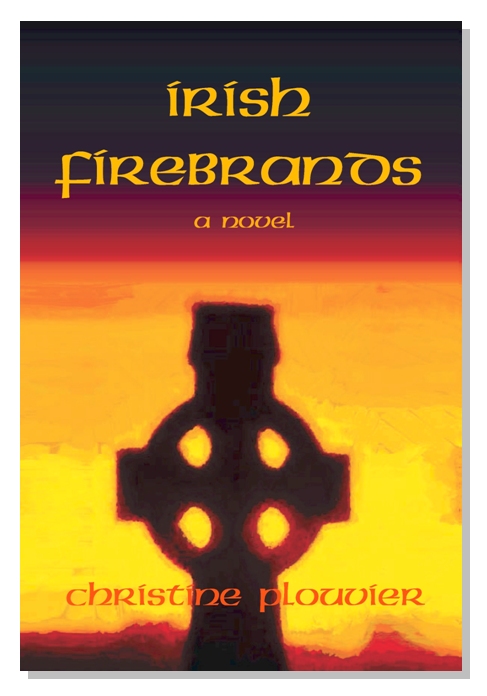
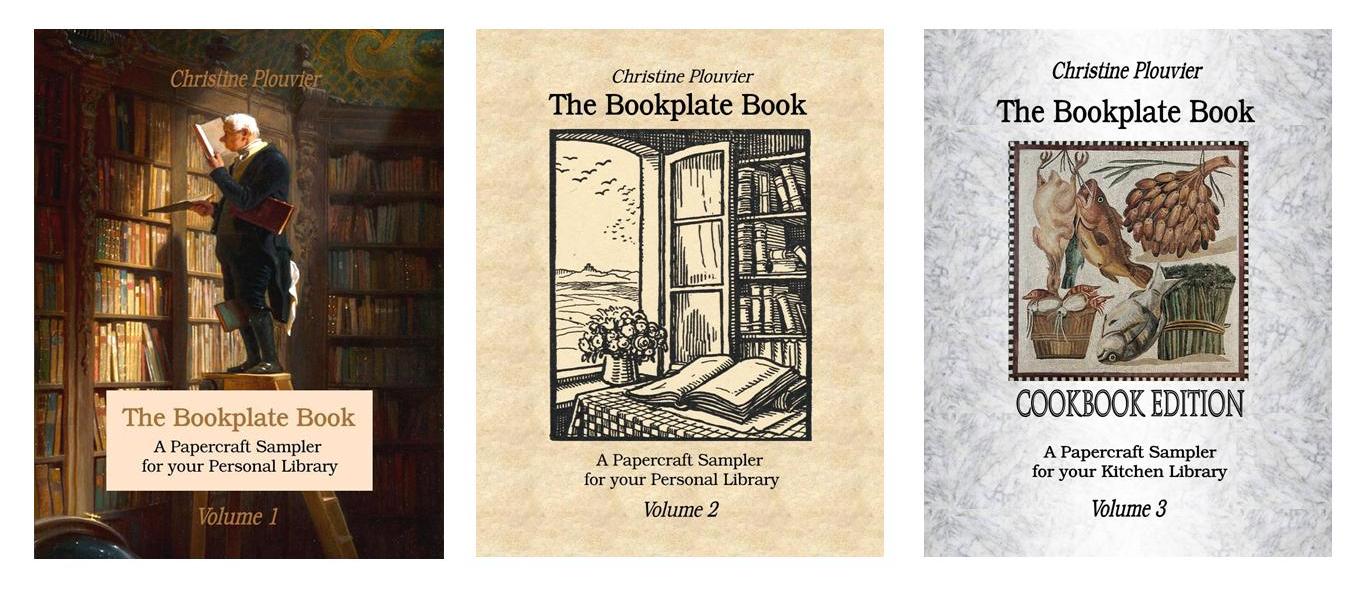


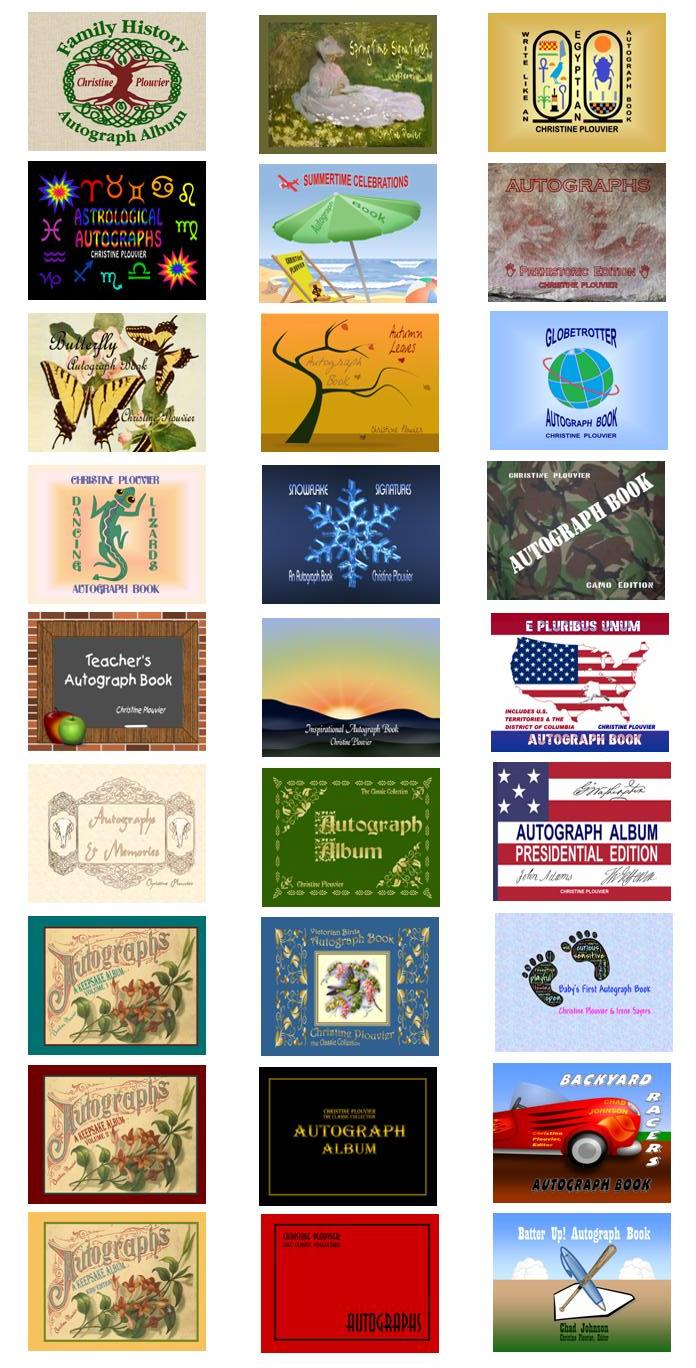

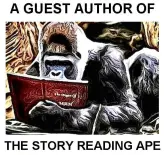


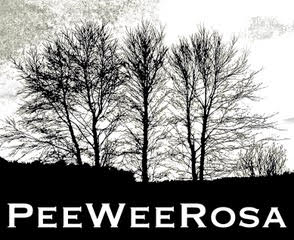



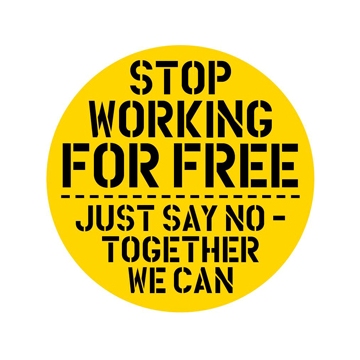

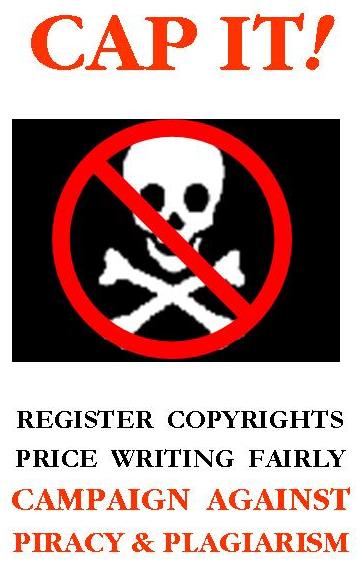




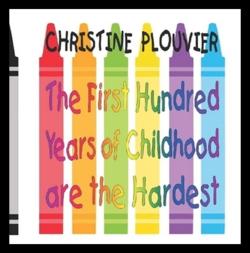
LOL! Your son is a funny man! And he takes after his mama! 😉 At work recently, I mentioned to a co-worker that one of my books was loosely based on my experience with my son’s dad. She seemed disinterested. Later, I described the story to her which included murder, revenge, and insanity. Her eyes lit up and she said she couldn’t wait to read it. Then I told her it was the same story I told her earlier was a fictionalized story that was loosely based on my son’s dad. Her jaw dropped open, and she was speechless at how different the synopsis sounded from the true version.
LikeLiked by 1 person